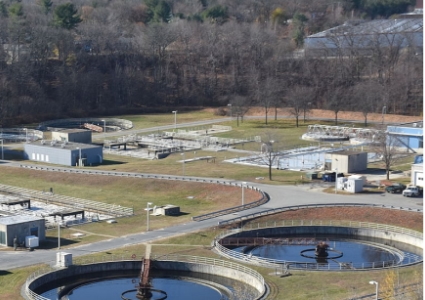Polling

Suggest an important issue not listed in this sub-category (). (Maximum 60 Characters)
Emerging contaminants

Much of our drinking water comes from rivers and lakes which have wastewater treatment plants located in or near these bodies of water. These facilities treat the water that is drained and flushed from nearly every American community. In addition to stormwater sweeping contaminants into these waterways, there is concern that our sewage plants are also passing dangerous contaminants into our water supplies. Traditional sewage treatment plants kill pathogenic microorganisms before releasing treated water into our waterways, but there are many other contaminants they are unable to treat or remove.
Typical wastewater contains many chemicals, pharmaceuticals and hormones - many of which remain biologically active after being discarded. These “emerging contaminants” include ibuprofen, caffeine, estrogen, testosterone and drugs that lower cholesterol and inhibit seizures. Hormones such as estrogen appear to alter aquatic organisms, and studies show emerging contaminants may be contributing to the worldwide fall in wildlife populations. It is also known that some of these chemicals can disrupt human endocrine systems, causing health problems such as infertility and cancer. Of growing concern are perfluoroalkyl or polyfluoroalkyl substances, commonly referred to as PFAS, and used in a variety of products such as nonstick cookware, carpets and weatherproof clothing. Our military and the aerospace, automotive, construction and electronics industries also use PFAS - which likely have adverse health effects on organisms and people.
Pending Legislation: S.806 - Healthy H2O Act
Sponsor: Sen. Tammy Baldwin (WI)
Status: Senate Committee on Agriculture, Nutrition, and Forestry
Chair: Sen. Debbie Stabenow (MI)
Typical wastewater contains many chemicals, pharmaceuticals and hormones - many of which remain biologically active after being discarded. These “emerging contaminants” include ibuprofen, caffeine, estrogen, testosterone and drugs that lower cholesterol and inhibit seizures. Hormones such as estrogen appear to alter aquatic organisms, and studies show emerging contaminants may be contributing to the worldwide fall in wildlife populations. It is also known that some of these chemicals can disrupt human endocrine systems, causing health problems such as infertility and cancer. Of growing concern are perfluoroalkyl or polyfluoroalkyl substances, commonly referred to as PFAS, and used in a variety of products such as nonstick cookware, carpets and weatherproof clothing. Our military and the aerospace, automotive, construction and electronics industries also use PFAS - which likely have adverse health effects on organisms and people.
Pending Legislation: S.806 - Healthy H2O Act
Sponsor: Sen. Tammy Baldwin (WI)
Status: Senate Committee on Agriculture, Nutrition, and Forestry
Chair: Sen. Debbie Stabenow (MI)
Poll Opening Date
December 30, 2024
Poll Closing Date
January 5, 2025
Democracy Rules respects the privacy of your information.
See PRIVACY STATEMENT
See PRIVACY STATEMENT